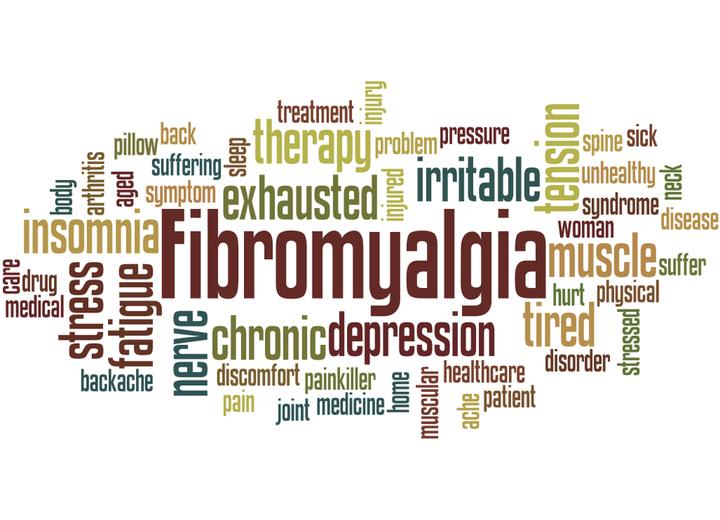Fibromyalgia is a common clinically recognized pain condition that affects an estimated 10 million Americans. Yet, it remains somewhat of a mystery to physicians and researchers due to what appears to be a multitude of contributing factors. Fibromyalgia seems to have multiple causes with varied levels of pain and effects, across a wide range of people suffering from many different conditions and experiences. Because of this, the condition has presented difficulties for the medical communities seeking ways to treat it.
History
The term Fibromyalgia was introduced in 1976 by Drs. Hugh Smythe and Harold Moldofsky. The name was coined to improve on the original term, Fibrositis (1904), coined by Gowers. Until the mid-1970s, Fibrositis, referred to a collection of symptoms and vague descriptions, only those who suffered could feel but had a difficulty defining. The new name gained popularity among the medical community for diagnosis after important publications by both Smythe and Moldofsky, that helped illustrate the nature of the symptoms.
The name, Fibromyalgia, has remained unchanged since then, however, the definitions continue to evolve with research. While many conditions and diseases have distinct and defining features that lead to their clinical definition(s), it is still difficult to pin-point a concrete definition for Fibromyalgia due to the varied collection of features manifested from the condition. By the 1990s Fibromyalgia was defined (and continues to be) as a musculoskeletal disorder, characterized by wide-spread pain and exaggerated tenderness.
Yet, no matter the current definition or how it continues to evolve, the one remaining constant is persistent pain.
Patient Described Symptoms
• Widespread Pain (Dull or Intense)
• Shooting/Stabbing Pain
• Muscle/Joint Pain
• Throbbing
• Pounding
• Lack of Sleep
• Fatigue
• IBS (Irritable Bowel Syndrome)
• Cognitive Difficulty
• Lack of Focus
• Migraines/Headaches
• TMJ
Causes
As mentioned above, the causes of Fibromyalgia are thought to be quite varied. This makes it increasingly difficult for the medical community to pin-point any concrete causes. Researchers have identified certain aspects to be related or associated among similar cases. And these aspects could potentially point to causes. According to the Mayo Clinic website, possible causes may include:
Genetics
Because family genes are passed down, certain traits such as genetic mutations have the capacity to make members of the same family more susceptible to the condition.
Infections
It has been noted that some illnesses may have the ability to aggravate or trigger the condition. This makes sense because our bodies can become vulnerable while fighting off infection. When we fight off illness or foreign invaders, our bodies create natural response hormones that can cause inflammation and stimulate nerves, resulting in pain.
Physical or emotional trauma
One of the more commonalities found among those with Fibromyalgia is that of trauma. There are thousands of cases where a patient can suffer an accident or some sort of physical trauma that results in nerve damage. Damaged nerves can become an issue if they begin to malfunction and send mixed signals to the brain, thus triggering unwanted or unneeded pain responses.
Theories
Some researchers believe that the nature of Fibromyalgia may be affecting how the brain processes pain. Because one of the most common symptoms of the condition is the exaggerated tenderness and persistence of pain sensation, medical research is looking to discover if the constant stimulation of nerves is effectively re-wiring the brain to continually send pain response. More on that here: https://www.sciencedaily.com/releases/2000/10/001030082926.htm
We know the brain can be re-wired through behavior modification - a practice of mindful redistribution of actions and ideas, over a long period of time to influence certain behaviors. That being said, who’s to say the brain couldn’t effectively be re-wired to send pain signals to the body after continuous and prolonged stimulation caused by Fibromyalgia?
This makes Fibromyalgia an especially difficult condition to treat.
Sources:

